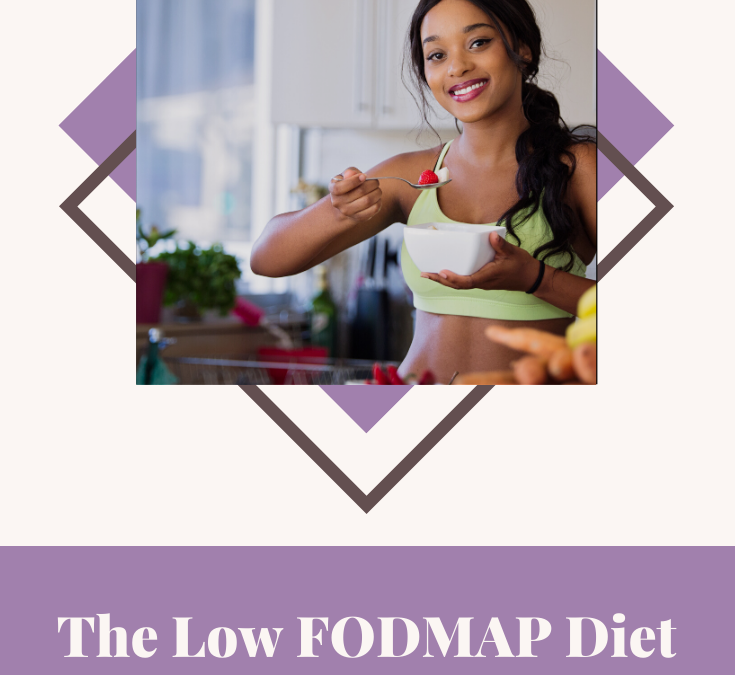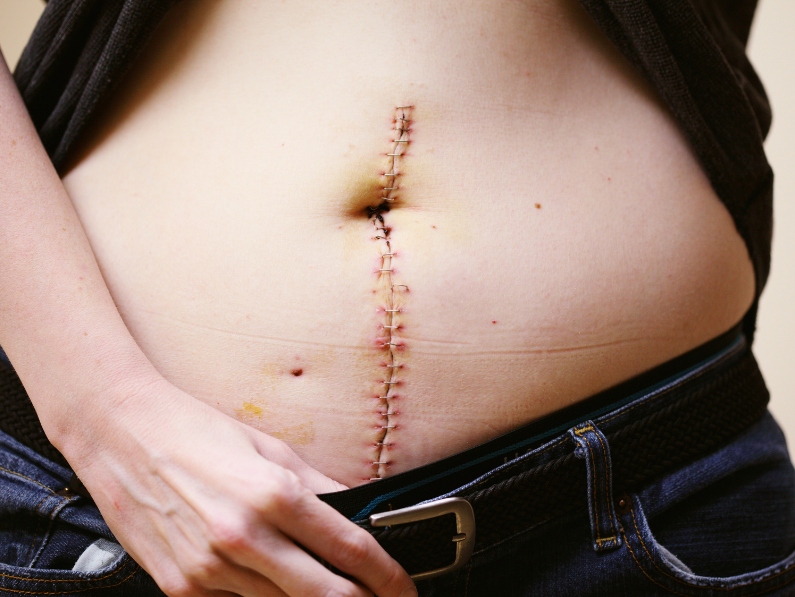As it pertains to the Low FODMAP diet there’s a lot of misinterpretation as to who this diet is for and its purpose. I sometimes feel this diet gets lumped into all the other “fad” diets that are out there on the market. Yet, this diet is anything but a quick fix diet. As a matter of fact, it’s a strategic tool used by many Registered Dieticians (RD’s) and Nutritionists to help those with digestive issues. Primarily, Irritable Bowel Syndrome. Today, I want to provide some context regarding what this diet is about, who it’s intended for and what you should do if you’re interested in following this dietary protocol.
Page Contents
Low FODMAP Diet 101
The Low FODMAP diet was created by a research team in an effort to provide a therapeutic diet that could help IBS sufferers manage symptoms. During the process of creating this diet, researchers discovered that a particular group of molecules was the culprit for IBS symptoms. When high amounts of these molecules were consumed digestive distress ensued. This was due to the fact that these molecules were not being properly digested in the gut. In turn, this caused the small intestine to not absorb them properly. Thus, they were able to travel into the large intestine and become food for the bacteria that reside there.
These molecules are known as FODMAPS which is an acronym that stands for:
- Fermentable
- Oligosaccharides
- Disaccharides
- Monosaccharides
- And Polyols
Consequently, researchers discovered that symptoms decreased when high FODMAP foods were replaced with low FODMAP foods and suitable high FODMAP alternatives. Hence, the Low FODMAP diet was born.

The Low FODMAP Diet Is Not…
To be clear the Low FODMAP diet is not meant to be a long-term diet. It serves a specific purpose which is to identify which trigger foods are causing IBS symptoms and to remove them for symptom improvement. Thus, meaning there will be a set start and end date. Additionally, it’s not an elimination diet. An elimination diet prioritizes the complete removal of specific food groups. Whereas, a low FODMAP diet doesn’t focus on removing an entire food group. Rather, the focus is placed on substituting trigger foods with appropriate alternatives.
Furthermore, this diet is not intended for those seeking to lose weight. It’s a therapeutic diet focused on providing symptom relief for those with IBS. And lastly, the Low FODMAP diet isn’t something you should go alone and do yourself. You need an RD or Nutritionist to walk you through the various phases. This will ensure a decrease in nutrient deficiencies and aid in proper adherence to the protocol.
Three Phases
One of the most popular approaches to the low FODMAP diet is set forth by Monash University. Their approach involves 3 distinct phases which are the low FODMAP phase, FODMAP reintroduction, and FODMAP personalization. While there are some slight variations amongst different practitioners. Your RD or Nutritionist should follow the same basic principles.
Phase One: Low FODMAP Diet
During this phase, the focus is placed on swapping high FODMAP foods for low FODMAP alternatives. Your RD will determine what your recommended serving will be and how much you should be eating each food while in this phase. You will be in this phase for a period of 2-6 weeks.
Phase Two: Reintroduction
This phase involves your RD introducing particular foods with the sole purpose of determining which ones trigger symptoms. Each FODMAP subgroup is introduced separately and cautiously. Particular attention is placed on the serving size and amount you’ll be consuming. Furthermore, communication with your RD will help them better understand your reactions and how to proceed. They will also provide breaks every few days to decrease the incidence of crossover effects. Typically, this phase lasts about 6-8 weeks.
Phase Three: Personalization
Finally, you’re at the point where your trigger foods and intolerances have been determined. Your RD will now work with you to help you reintroduce foods and FODMAPs that you tolerate well while omitting those that you don’t. Again, the goal is to help you find adequate replacements and substitutions for those foods.

Should You Try the Low FODMAP Diet?
Whether or not the low FODMAP diet is right for you will depend on your reasons for wanting to be on it in the first place. If your goal is weight loss, or you want to try it because everyone’s talking about it then no. Whereas, if you have digestive health issues then maybe. But, first, you need to get to the bottom of what’s causing your issues. It could be IBS or it could be another underlying issue. Common symptoms associated with IBS include:
- Bloating
- Abdominal distension
- Gassiness
- Abdominal pain
- Nausea
- Diarrhea
- Constipation
If you find that you’re experiencing these symptoms you should schedule an appointment with your doctor. And explore the possibility of getting a referral to a specialist, most likely a gastroenterologist, for proper testing and diagnosis. On the other hand, if you’ve already been diagnosed with IBS you should definitely consider it. Speak with your doctor first and get referrals for qualified dieticians and nutritionists. And remember this is a diet that should only be followed and administered by an RD or Nutritionist. So, no shortcuts or trying to go it alone. You want this to be done correctly to ensure success.
Let me know in the comments below if you’ve ever tried the low FODMAP diet. If so, how did it work for you and what were your results?
About the Author

Hi, my name is Kathleen but you can call me Kat. I’m a health and wellness professional turned freelance writer and content creator. You can find me on YouTube and Instagram. If you take the opportunity to visit me on my other platforms don’t hesitate to leave a message, I would love to hear from you!
Subscribe to My Blog!
Get blogs and articles like this sent directly to your email! As a special thank you for subscribing you’ll receive my goal setting and habit building course Create Healthy Habits for FREE!
[gravityform id=”1″ title=”false” description=”true”]
References






